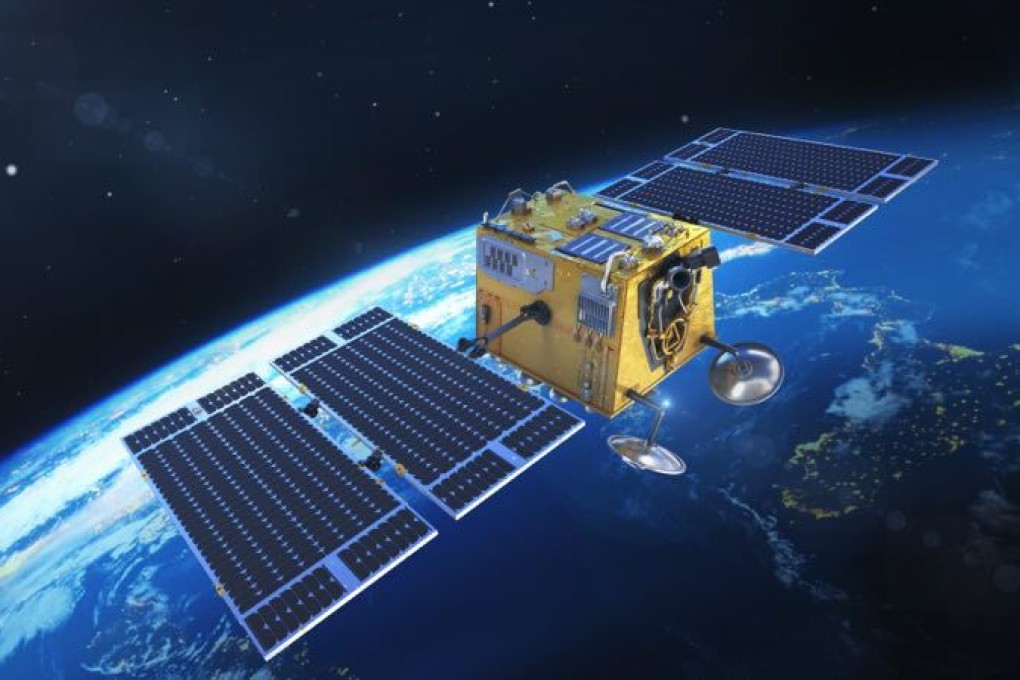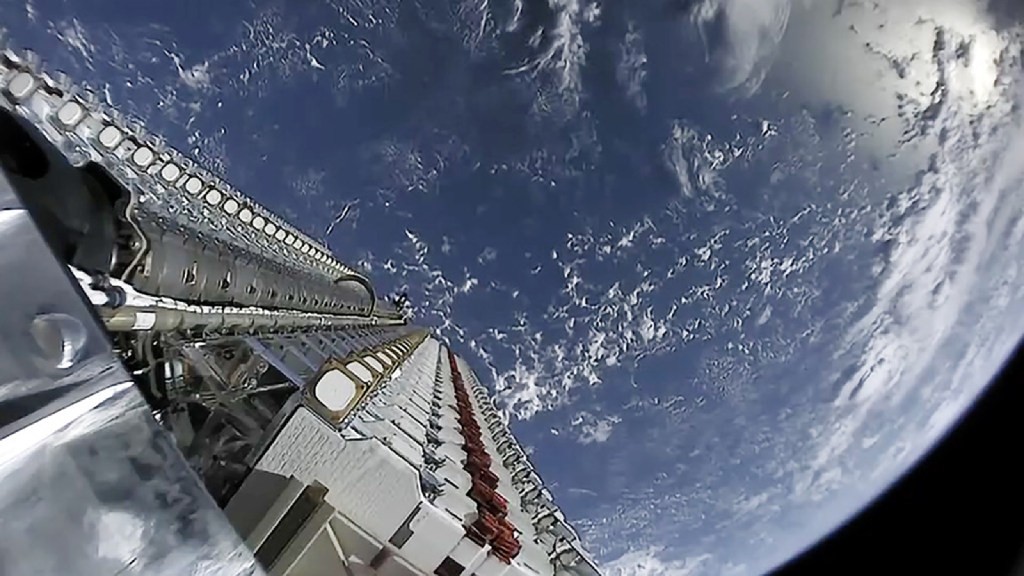Why the coronavirus slowed China’s plan to take on Elon Musk’s internet satellites
Two state-owned companies are racing to catch up with SpaceX’s Starlink to provide internet from space

The coronavirus pandemic has shown just how essential the internet has become to modern life. Many people confined at home have relied on it to work, socialise and order the things they need for daily life. But it’s also something that only half of the world’s population has access to.
Companies in the US and China have been racing to change that by using low Earth orbit (LEO) satellites to drench the world in internet coverage. The hope is to reach areas that land-based cables can’t cover.
In trying to catch up with the US, China has ramped up its efforts to become a major satellite internet provider. To accomplish this, state-owned and private companies in China plan to launch thousands of satellites into LEO.

Why do we need internet from space?
